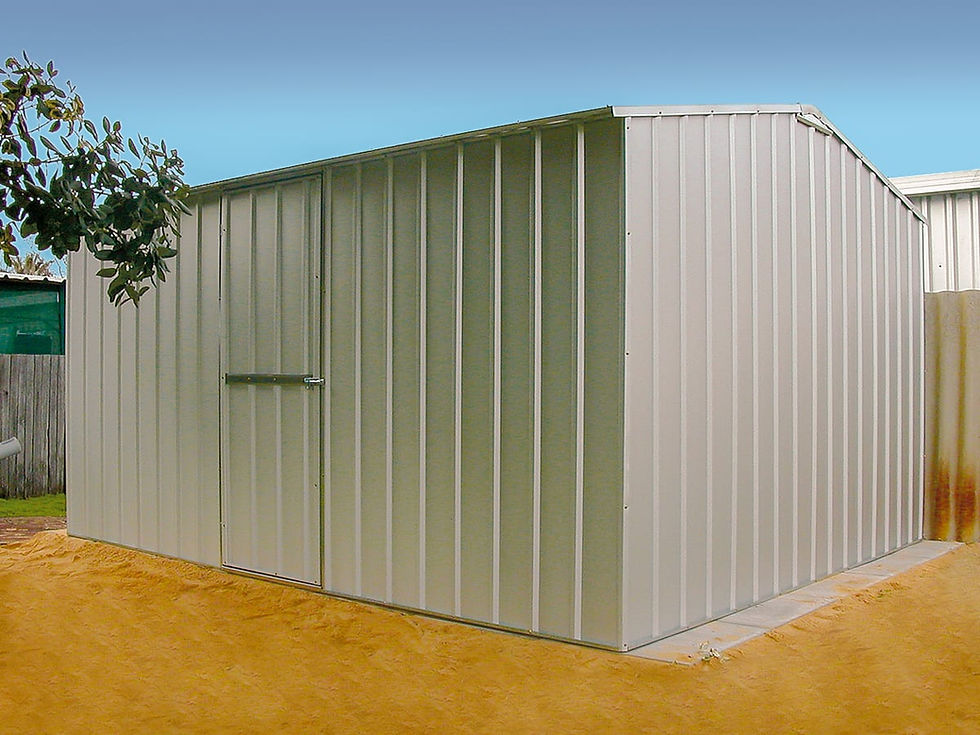Everything You Wanted to Know About Heating and Cooling Systems
- Alyssa Moylan
- Mar 5
- 3 min read
Updated: Nov 7

Have you ever wondered how a typical heating and cooling system work? What are their different types, and does each one of them work in a similar manner? Well, have adequate knowledge about the heating and cooling equipment of your house is extremely important. Therefore, this article will focus on the different aspects of these systems, their various types and along with some vital tips that will help you save energy and maintain it in an efficient manner.
Different Types of Heating and Cooling System
Depending upon their source of power and methods utilized for providing heating and cooling, these systems have been broadly categorized into two forms which are Central System and Direct System.
Central System
The central system comprises of furnaces, heat pumps and air conditioners. They usually use natural gas, electricity or other sources as their fuel. In this system, for heating the furnace blow heated air into ducts which simultaneously get transferred into rooms through a forced air distribution. Similarly, for cooling, the cycle is reversed so that the heat inside the room can be removed and cool air is evenly distributed.
The heat pumps operating in these furnaces are rated according to their seasonal efficiency or SEER. The national standard of efficiency for heat pumps is 14.5, ensuring that the equipment qualifies the requirements of Energy Star.

Direct Systems
These are the types of systems which offer heating and cooling directly to the targeted area and this is accomplished without the use of any accessory component. Common examples of such heating and cooling system are gas fired heaters, evaporative coolers, electric space heaters, fireplaces, ductless air conditioners and many more. The direct systems are considered to be extremely simple when compared to indirect forms. This is probably because these systems are capable of cooling or heating just a single space or an area of your house.
On the other hand, with the help of central systems you get the opportunity to heat or cool any place of your house at once, and even at the touch of a single button. Further, you can even control the temperature of different areas using just one system.
Buying Tips for Heating and Cooling System
Whenever you are in the lookout of a brand new system for your house, the first and foremost thing that you should do understands your requirements. Being aware of what you expect from the system will actually simplify your search will help you in discovering the finest quality system designed for your house in no time. There are a few essential tips that you can consider while buying a new system and they are:
The climate of the area where you are going to install the system.
A reputable contractor who holds years of expertise in installing the particular system.
Preparing a checklist that involves your requirements from the system.
Finally, taking the appropriate decision by choosing the right system for your space.
Energy Saving Tips for Heating and Cooling System
It's not only about purchasing the perfect heating and cooling system for your house. In addition to that, you do need to take certain systems that would not only enhance the lifespan of the system but at the same time help you save on your energy bills too. These steps are
Going for frequent maintenance services as specified by the manufacturer is extremely important.
Setting the thermostat at optimal temperature can help you save 10% of your monthly utility bills.
Replacing or repairing the damaged proponents on time will save you from unwanted expenditures.








Comments